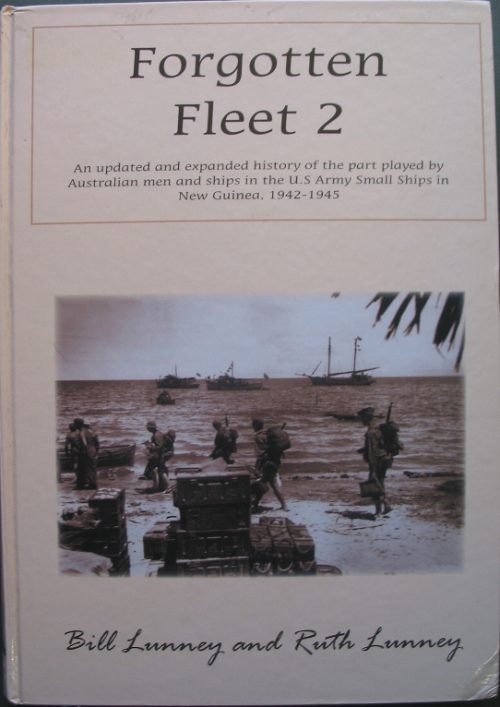Description
Title: Australia’s First Naval Fight – November, 1914
Author: Frame, T R and Swinden G J
Condition: Very Good
Edition: 2nd Edition
Publication Date: 1990
ISBN: 0909859167
Cover: Soft Cover without Dust Jacket – 16 pages
Comments: A reprint of the now scarce account of the Battle of Cocos between HMAS Sydney and SMS Emden during the early stages of World War I in November, 1914.
The Battle of Cocos was a single-ship action that occurred on 9 November 1914, after the Australian light cruiser HMAS Sydney responded to an attack on a communications station at Direction Island by German light cruiser SMS Emden.
After the retreat of the German East Asia Squadron from south-east Asia, Emden remained behind to function as a commerce raider. During a two-month period, the German cruiser captured or sank 25 civilian vessels, shelled Madras, and destroyed two Allied warships at Penang. In early November, Emden’s commanding officer, Karl von Müller, decided to attack the communications station at Direction Island, in the Cocos (Keeling) Islands, to hamper Allied communications and frustrate the search for his ship. Around the same time, the first convoy of Australian and New Zealand soldiers bound for Europe sailed from Albany, Western Australia, with Sydney, under the command of John Glossop, and three other warships escorting.
During the night of 8–9 November, Emden reached the islands, and sent a shore party to disable the wireless and cable transmission station on Direction Island. The station was able to transmit a distress call before it was shut down; this was received by the nearby convoy, and Sydney was ordered to investigate. Sydney spotted the island and Emden at 09:15, with both ships preparing for combat. The longer range of Emden’s guns meant she was able to fire first, but the German ship was unable to inflict disabling damage to the Australian cruiser before Sydney closed into range and opened up with her more powerful main guns. At 11:20, the heavily damaged Emden beached herself on North Keeling Island. The Australian warship broke to pursue Emden’s supporting collier, which scuttled herself, then returned to North Keeling Island at 16:00. At this point, Emden’s battle ensign was still flying: usually a sign that a ship intends to continue fighting. After no response to instructions to lower the ensign, Glossop ordered two salvoes shot into the beached cruiser, after which the Germans lowered the flag and rose a white sheet. Sydney had orders to ascertain the status of the transmission station, but returned the next day to provide medical assistance to the Germans.
134 personnel aboard Emden were killed, and 69 were wounded, compared to only compared to only 4 killed and 16 wounded aboard Sydney. The German survivors were taken aboard the Australian cruiser, which caught up to the troop convoy in Colombo on 15 November, then transported to Malta and handed over to the British Army. An additional 50 German personnel from the shore party, unable to be recovered before Sydney arrived, commandeered a schooner and escaped from Direction Island, eventually arriving in Constantinople. Emden was the last active Central Powers warship in the Indian or Pacific Oceans, which meant troopships from Australia and New Zealand could sail without naval escort, and Allied ships could be deployed elsewhere.


